Unlock the Secrets of Composting
September 6, 2024
How to Start and Why It’s Beneficial for Your Garden

Composting is an amazing way to turn your everyday organic waste into nutrient-rich soil that can work wonders for your garden. Not only does it help cut down on landfill waste, but it also boosts your soil's health, promotes stronger, healthier plants, and can save you a few bucks on store-bought fertilizers. Whether you're new to gardening or have been growing for years, starting a compost bin is a simple and rewarding step toward a greener lifestyle.
How to Start Composting:
Choose Your Composting Method:
- Compost Bin: Perfect for smaller spaces, a bin keeps everything tidy and contained.
- Compost Pile: If you have a larger yard, this is a low-maintenance option—just pile your organic materials and let nature do its thing!
- Compost Tumbler: A rotating bin that speeds up the process by keeping things well-aerated.
Gather Your Materials:
- Green Materials: These include kitchen scraps like veggie peels, coffee grounds, and grass clippings. They’re rich in nitrogen.
- Brown Materials: Think dry leaves, cardboard, and straw—these provide carbon and help balance your compost.
Build Your Compost Pile:
- Start with a Base: Lay down twigs or straw for airflow at the bottom.
- Layer Your Materials: Alternate green and brown layers, aiming for about 2 parts brown to 1 part green.
- Keep it Moist: Your compost should feel like a wrung-out sponge. Add water if it's dry.
Turn the Pile:
- Aerate Regularly: Every few weeks, give the pile a good turn with a pitchfork or compost turner to keep it breaking down properly.
Harvest Your Compost:
- When It’s Ready: The compost is ready to use when it’s dark, crumbly, and smells like fresh earth, usually after a few months.
Benefits of Composting:
- Improves Soil Health: Compost adds essential nutrients and improves soil structure, helping it retain moisture and support plant roots.
- Reduces Waste: Composting cuts down on what goes to the landfill, reducing greenhouse gas emissions in the process.
- Boosts Plant Growth: Plants grown in compost-rich soil tend to be healthier and more resistant to pests and diseases.
- Saves Money: Compost can replace or reduce the need for chemical fertilizers, keeping more money in your pocket.
Alternatives If You’re Not Ready to Compost:
If composting isn’t feasible for you right now, don’t worry! There are plenty of high-quality commercial soils available that can provide similar benefits to your garden.
- Organic Potting Soils: These soils are often enriched with natural fertilizers, helping your plants thrive without synthetic chemicals.
- Pre-Mixed Compost Soils: You can purchase compost-enriched soils, which bring the benefits of composting directly to your garden without any of the work.
- Soil Conditioners: Products like peat moss or coconut coir can help improve your soil's structure and moisture retention, giving your plants a healthy boost.
These alternatives are excellent if you’re pressed for time or space but still want to improve your garden’s health and productivity.

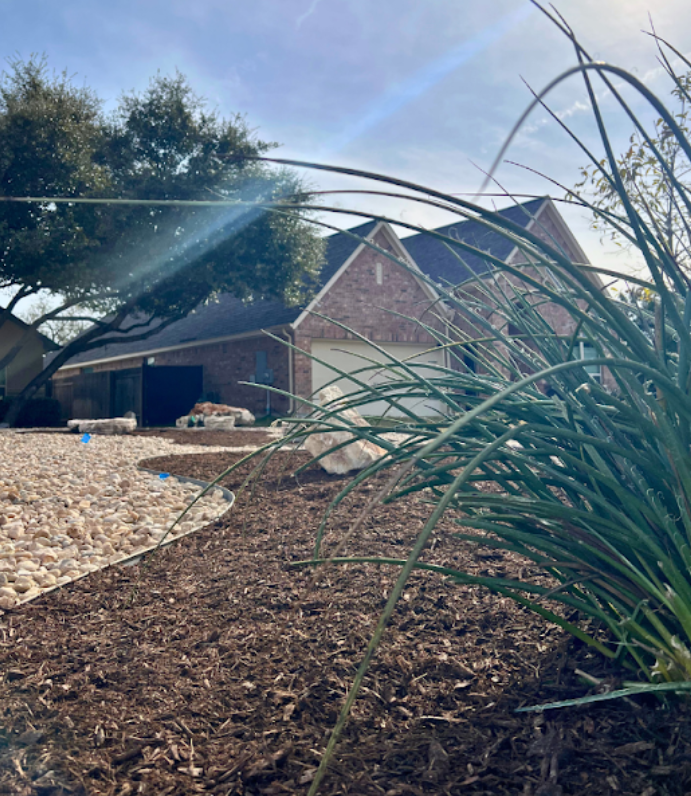
Mulch is that essential layer of material spread on top of soil in garden beds, around trees, or over landscaped areas. Not only does it enhance the appearance of your landscape, but it also improves soil health and conserves moisture. In this post, we explore the benefits of mulching, especially during winter, as well as the importance of tree trimming during this time of year. The Benefits of Mulching As an organic material, mulch gradually breaks down, releasing essential nutrients such as nitrogen, phosphorus, and potassium into the soil. This process improves soil fertility and supports healthy plant growth. Additionally, mulch creates a moist, nutrient-rich environment that attracts earthworms. These helpful creatures aerate the soil and deposit nutrient-rich castings as they burrow and digest organic matter. To maintain these benefits, it’s essential to reapply mulch every 1 to 2 years, ensuring a thickness of 2 to 4 inches. Too much mulch can suffocate plant roots and trap excess moisture, while too little may not provide adequate coverage. While winters in Texas are milder compared to many other states, sudden freezes are common. Mulch can act as a protective layer, helping insulate pipes, drip lines, and plants from temperature fluctuations, reducing the risk of freeze damage. Why Winter is Ideal for Tree Trimming Winter is also an excellent time to trim trees, especially species like live oaks and red oaks. Pruning these trees during winter minimizes the risk of spreading oak wilt, a deadly disease. During winter, most trees are dormant, meaning their growth slows down, and many pests and diseases that can harm trees are inactive. Trimming trees during this time allows wounds to heal more effectively, directing their energy into producing healthy new growth in spring. Proper trimming also improves a tree’s overall structure and vitality, preparing it for the growing season. Another significant benefit of winter tree trimming is the reduced risk of storm damage. Removing weak or overgrown branches in advance minimizes the chances of these limbs breaking during storms and causing harm to people, vehicles, or buildings. By trimming trees in winter, you ensure that hazardous limbs are removed before they can fall. Final Thoughts Mulching and tree trimming are essential practices that enhance the health and appearance of your landscape, especially during winter. By taking these steps, you can protect your garden and trees, ensuring they thrive in the coming growing season.
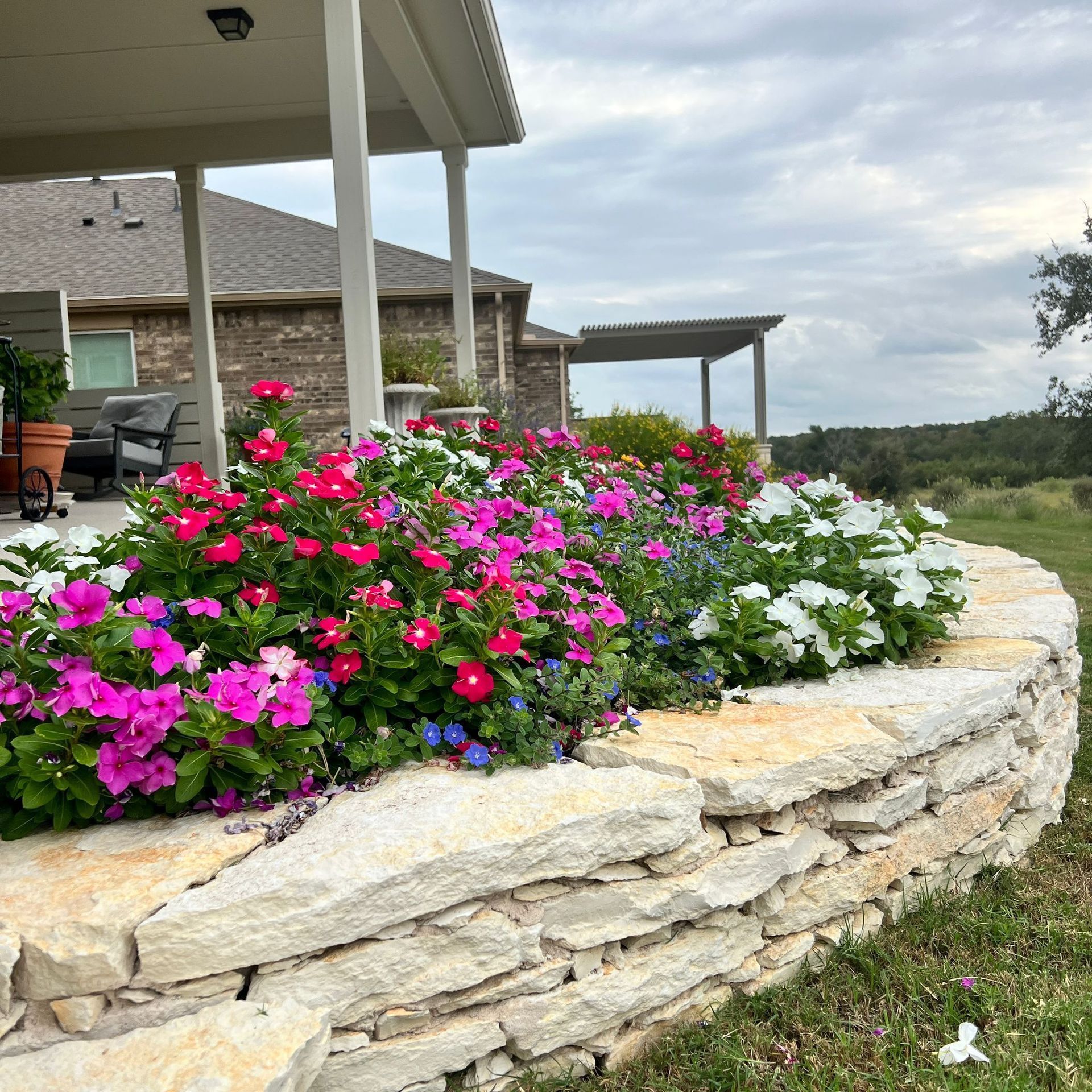
As the new year begins, it's the perfect time to plan your garden. Whether you're a seasoned gardener or just starting, setting clear goals and creating a plan will help ensure a successful and beautiful landscape throughout the year. From choosing plants to outlining maintenance tasks, here’s how you can effectively prepare for the gardening season ahead.
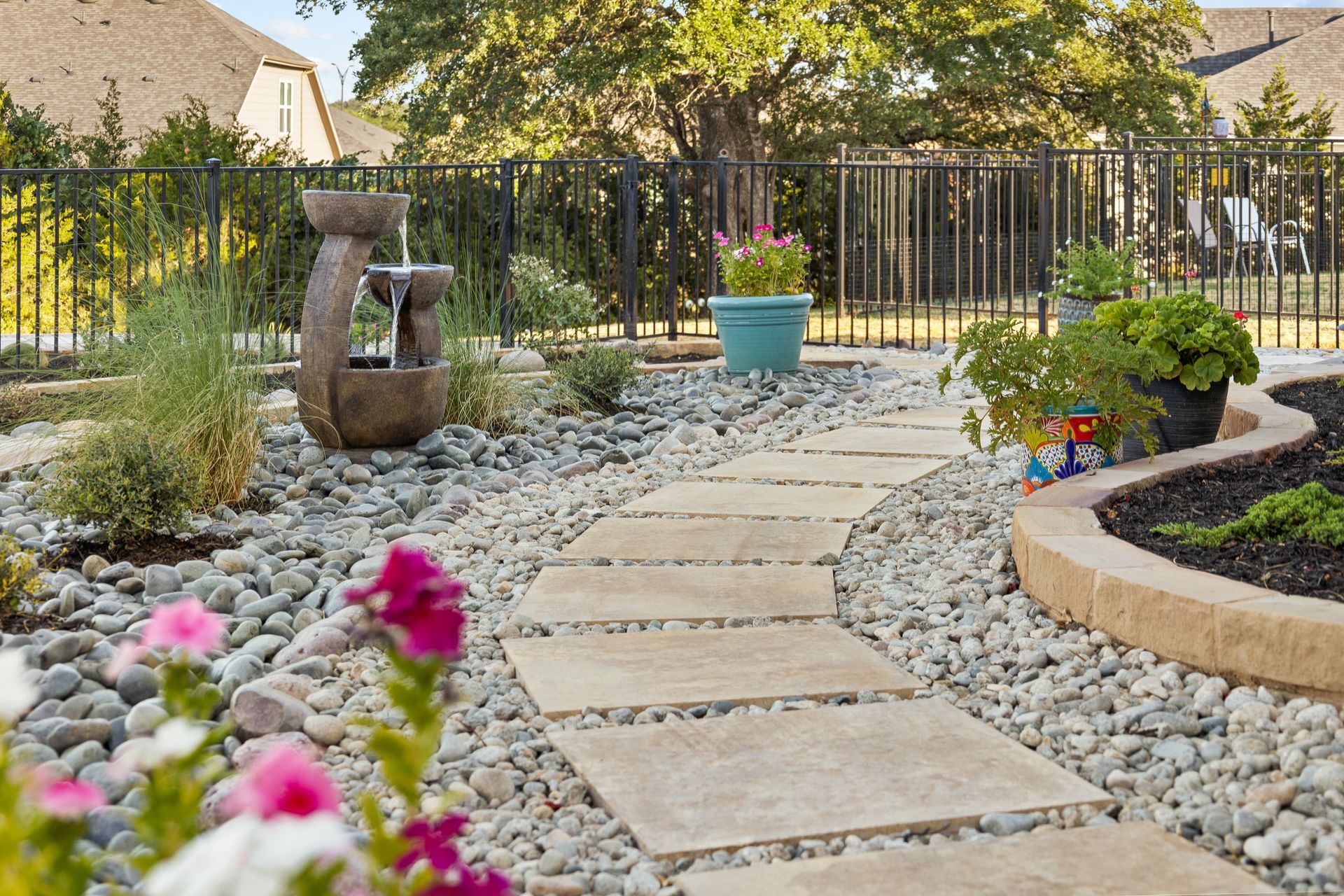
A well-designed garden walkway not only enhances the aesthetic appeal of your landscape but also provides practical paths that guide visitors through your garden. Whether you want to create a formal look or a more relaxed feel, the materials you choose will set the tone for your garden paths. Here are some tips for designing and constructing functional walkways with materials that work well in Texas.
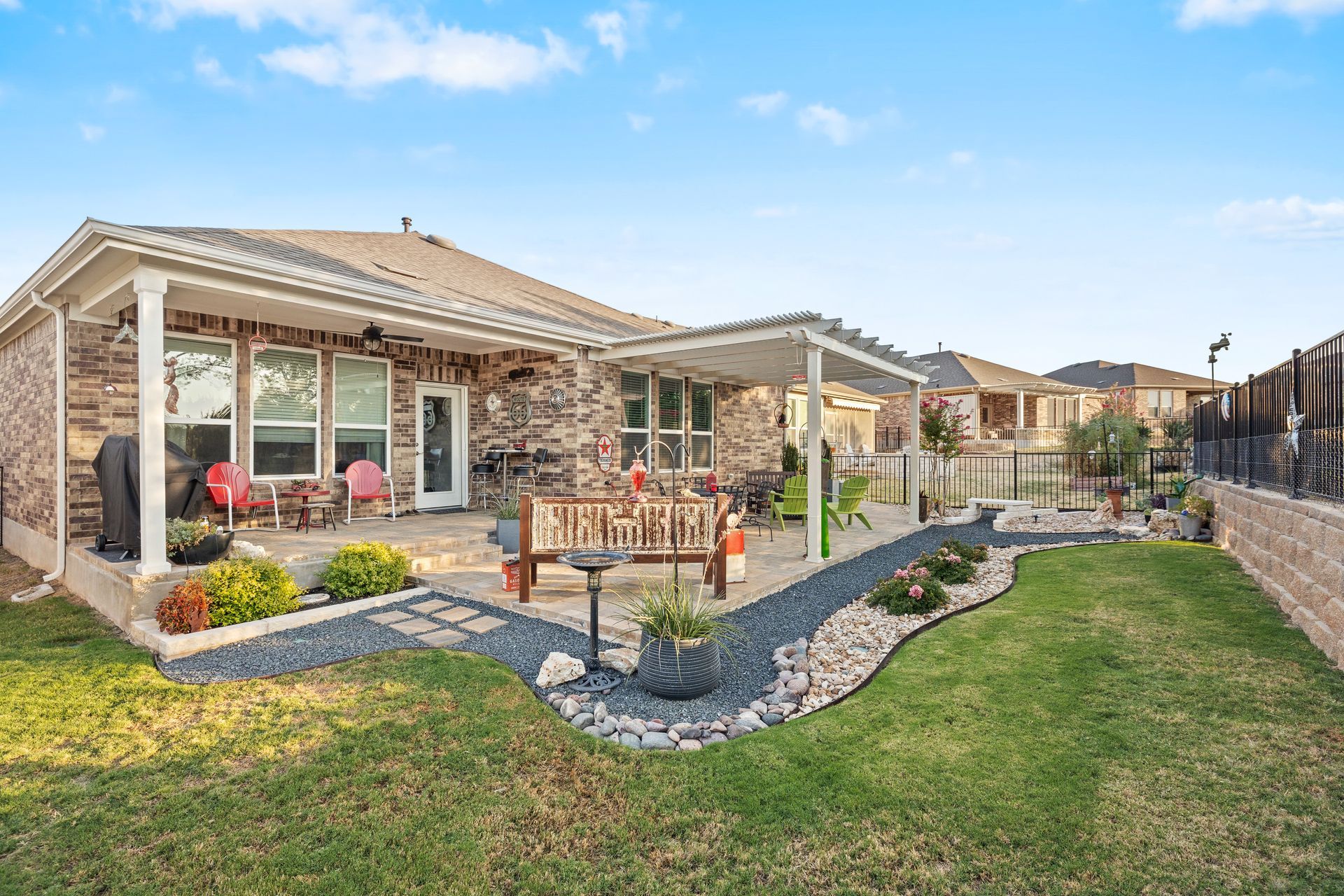
Creating a beautiful and functional patio is all about choosing the right materials for your space. With so many options available, selecting the perfect material for your patio can be overwhelming. This guide will help you navigate the pros and cons of popular patio materials, as well as offer design ideas to make the most of your outdoor space.

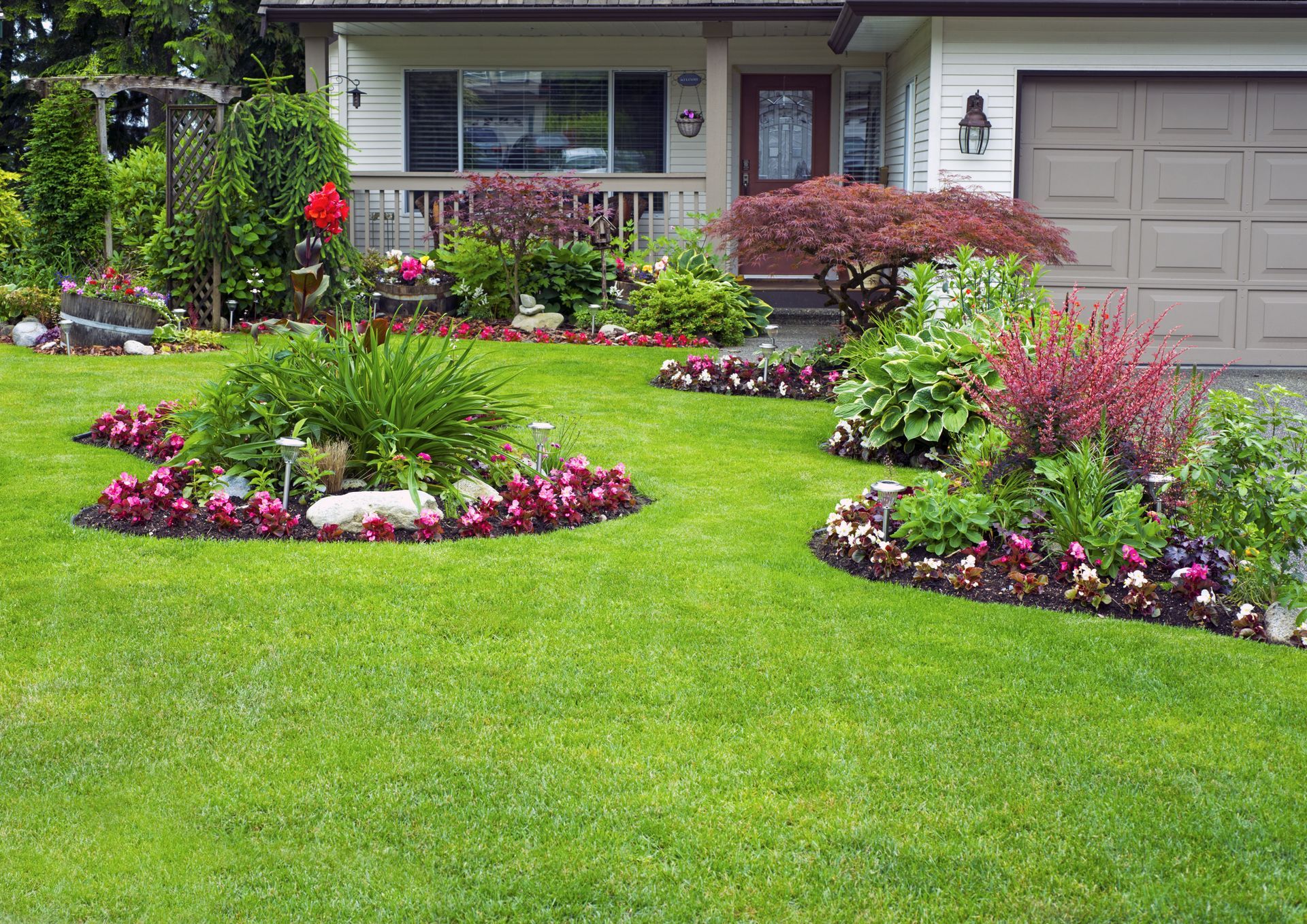
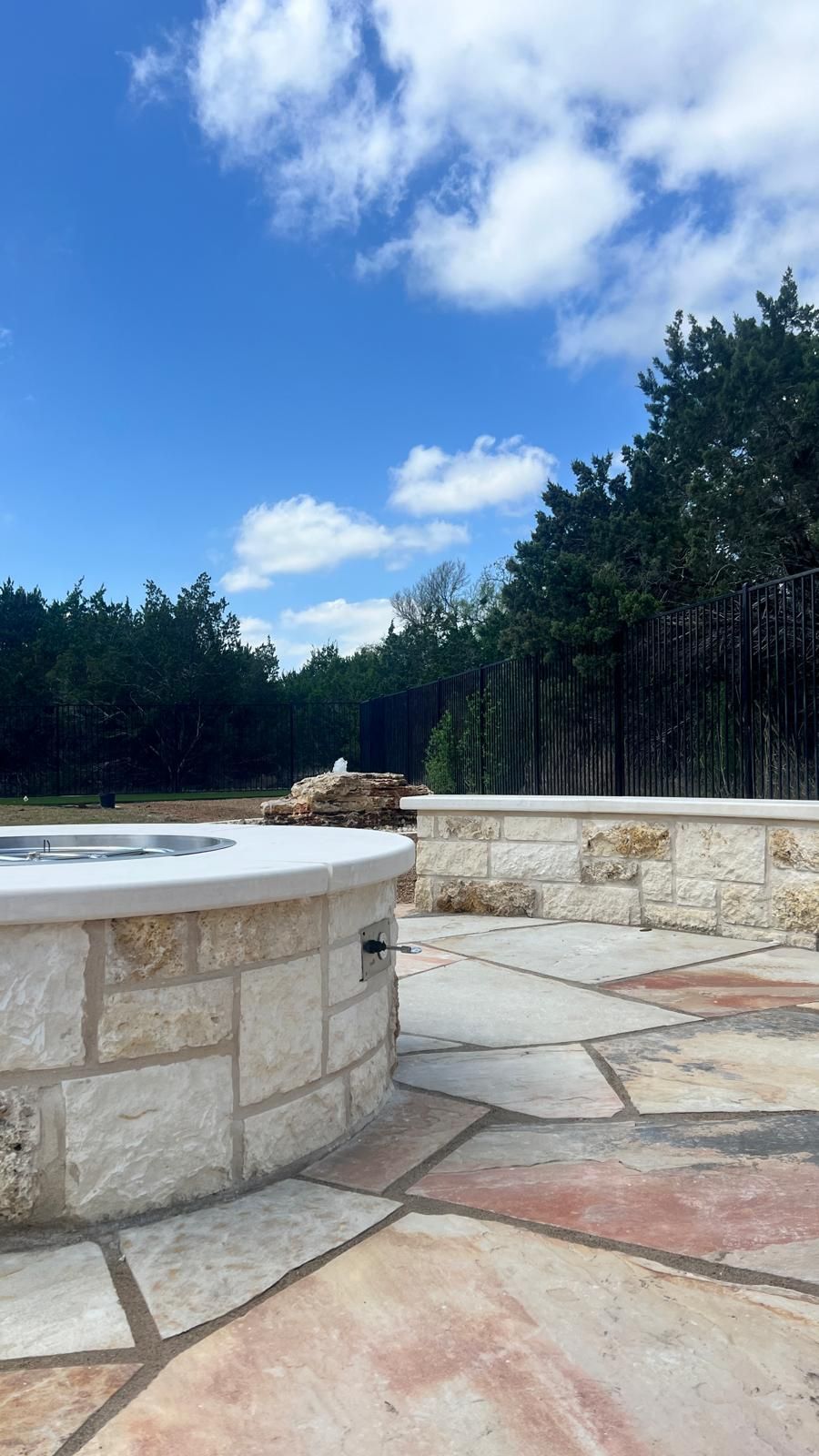
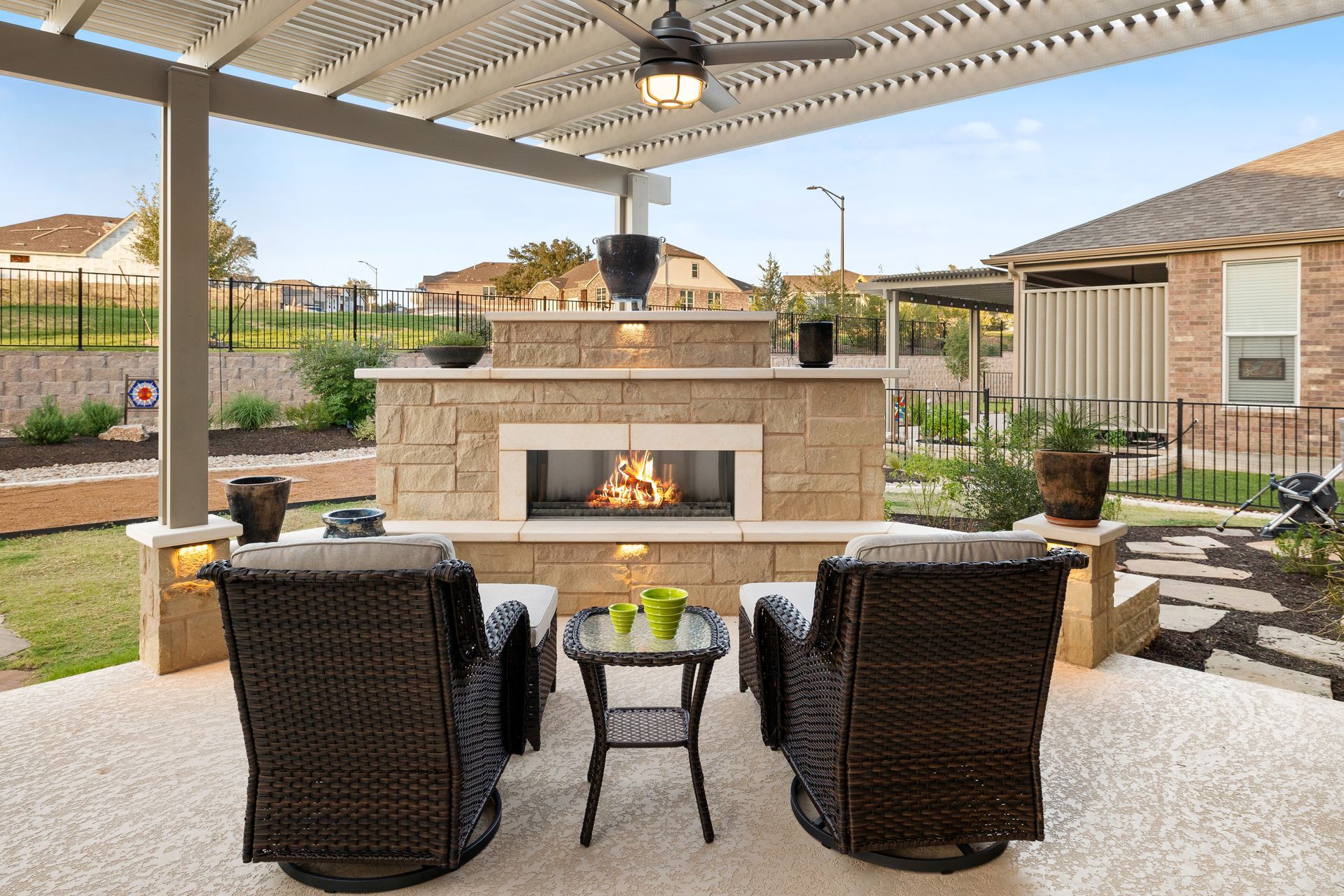
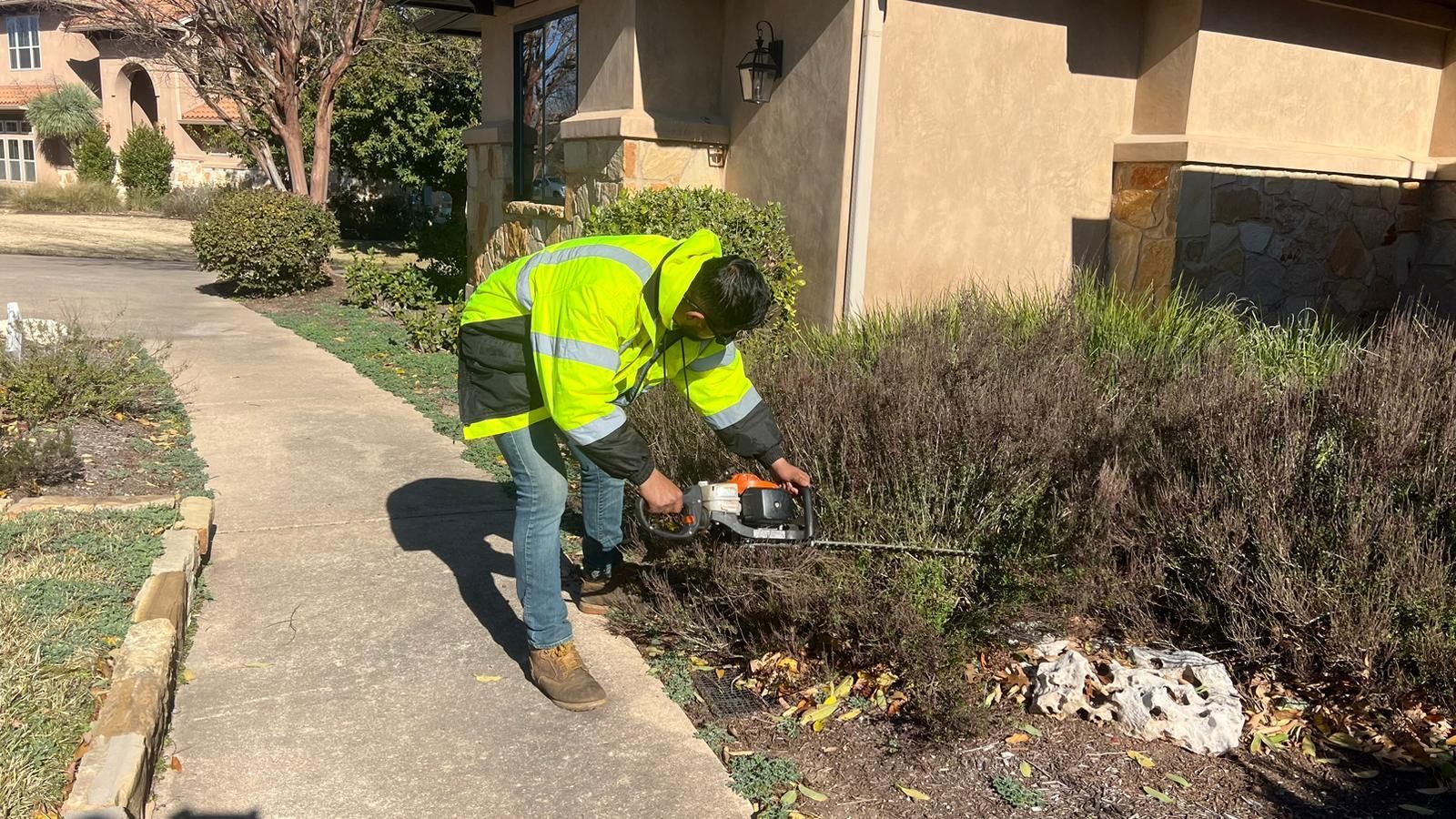
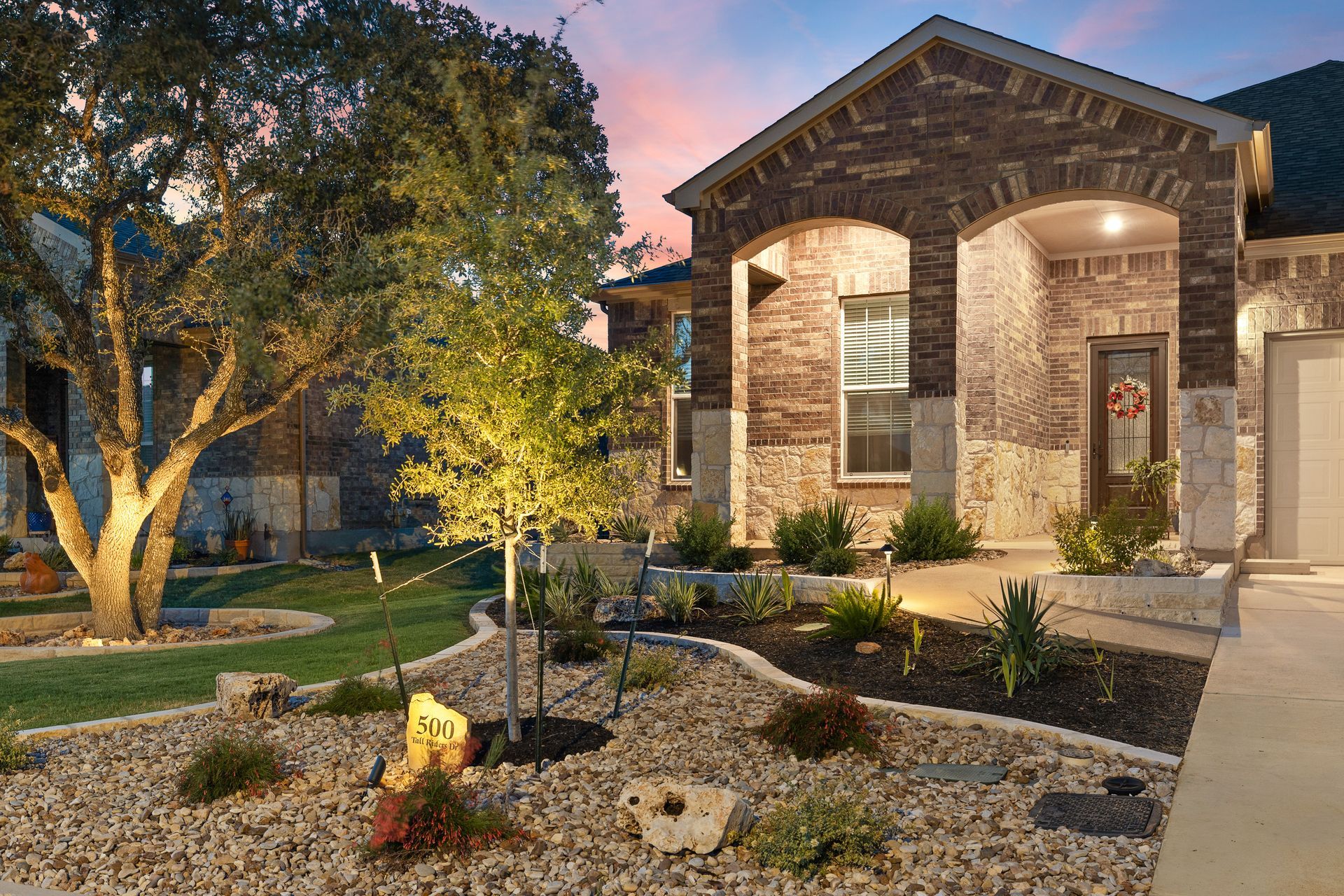
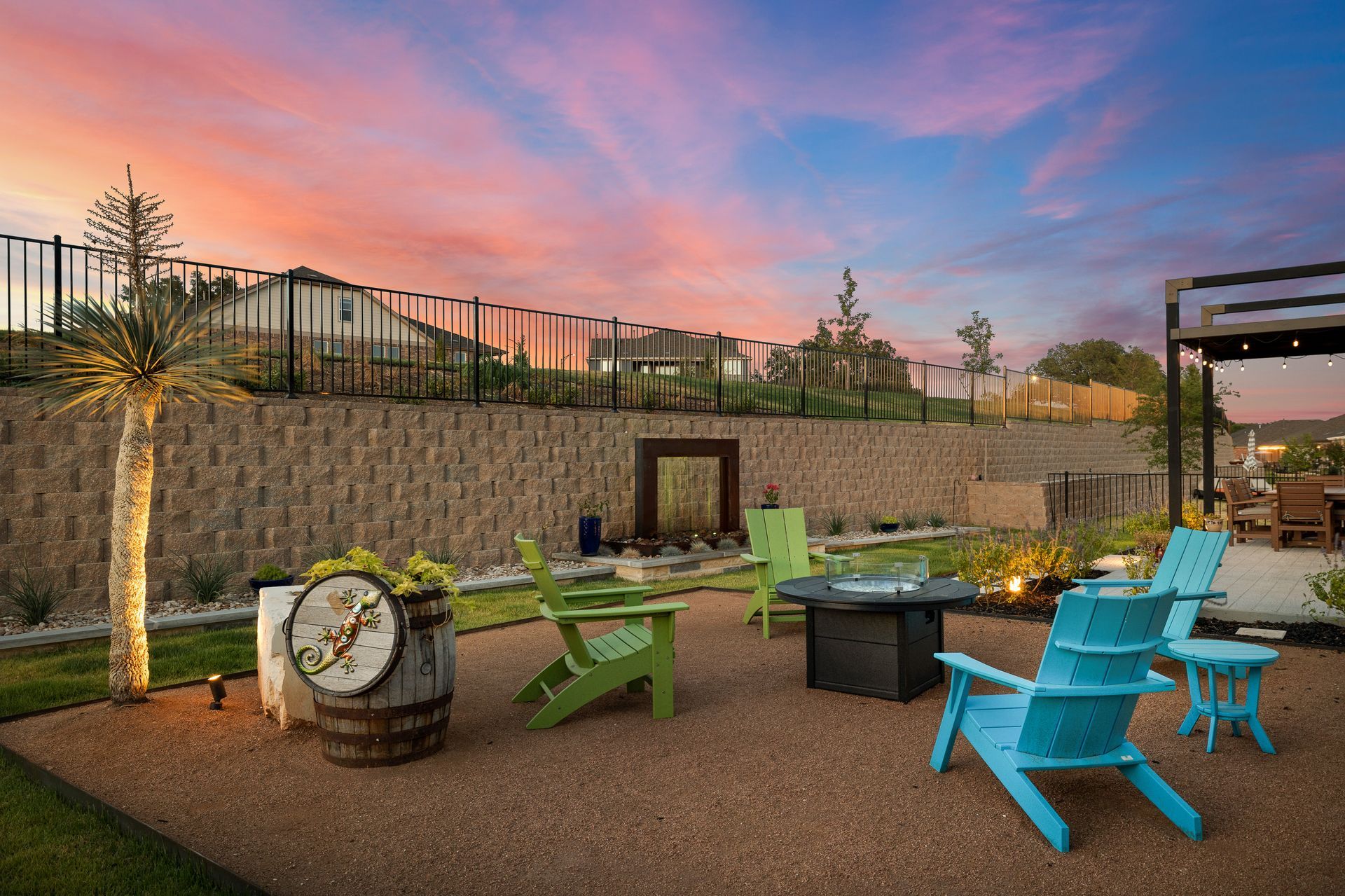
Share On: